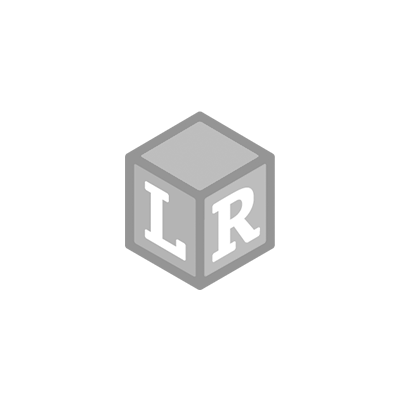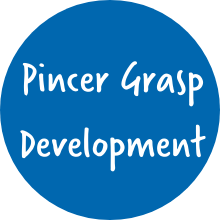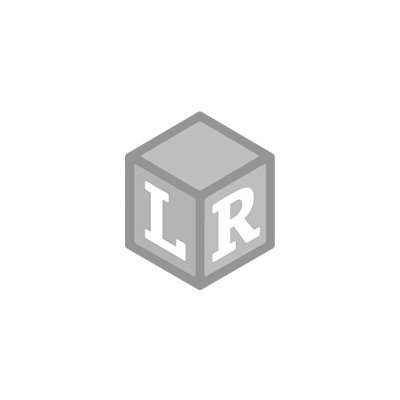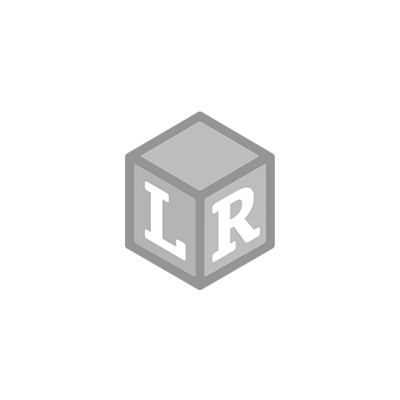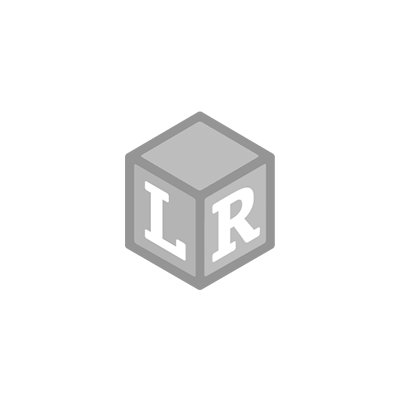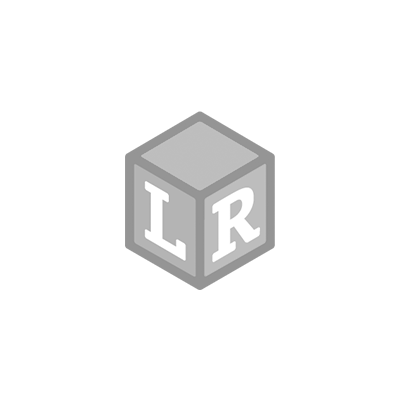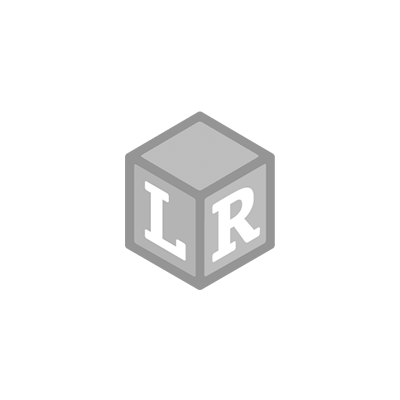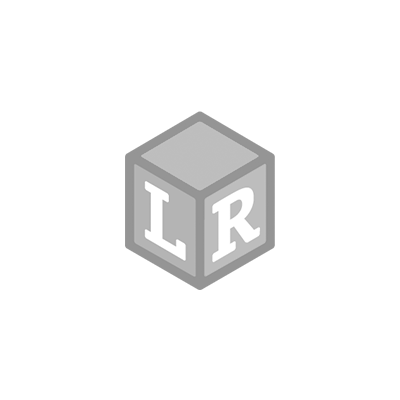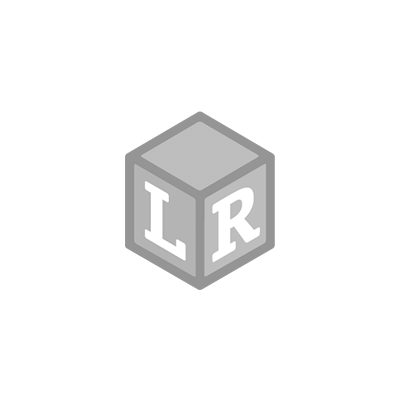
5 Fun Ways to Celebrate Oktoberfest for Kids
- Gabrielle Fischer Posted On Jul 22, 2019
Oktoberfest is the largest festival in the world. Oktoberfest Attracts 6 million visitors from all around the world to Munich each year and inspires similar fall festivals around the globe as well. While many associate this German festival with just tents and beer, there is far more history and tradition to it. This Fall, share these family-friendly German traditions as a family and celebrate Oktoberfest for kids.History and Family-Friendly Oktoberfest TraditionsOn October 12, 1810, the future King Ludwig I married Princess Therese. The citizens of Munich were invited to celebrate the wedding on the fields in front of the city gates. In honor of the Princess, the fields have been known as Theresienwiese (“Theresa’s fields”, Wies’n for short) ever since, and each year, the anniversary is commemorated with the celebration of Oktoberfest.Each year, Oktoberfest is celebrated for 3 weeks, beginning in mid-September and ending on the first weekend of October. The festival is celebrated on the Wies’n in 14 tents assembled on the grounds, each representing different regions of Germany with different foods and themes. One of my favorite parts of studying different cultures and celebrations is learning about the food. And Oktoberfest definitely doesn’t disappoint on this front. Each tent serves a menu of traditional Bavarian dishes, ranging from roasted ox to roasted chicken, pork knuckles, sausages, cheese platters, and all tents offer giant pretzels.Giant pretzels are symbolic of Oktoberfest. Traditionally, these soft pretzels are boiled in lye before baking. But you can make your own at home. We have made our own for our family’s annual Oktoberfest for years using this pretzel recipe by Alton Brown, which calls for boiling your pretzels in baking soda as an effective lye-substitute.Make Your Own LebkuchenhertzAfter pretzels, the next most common siting at Oktoberfest is Lebkuchenhertz. The traditional German gingerbread cookies are shaped as hearts, decorated and often put on a string to wear as a necklace. You can make your own edible gingerbread hearts with our family’s favorite gingerbread cookie recipe.For a more durable version, make Lebkuchenhertz with brown craft foam. Press a large heart cookie cutter into the foam, cut out along the indentation and let your kids decorate their own with ric-rac, chalk pens, and sequins.
One of my favorite parts of studying different cultures and celebrations is learning about the food. And Oktoberfest definitely doesn’t disappoint on this front. Each tent serves a menu of traditional Bavarian dishes, ranging from roasted ox to roasted chicken, pork knuckles, sausages, cheese platters, and all tents offer giant pretzels.Giant pretzels are symbolic of Oktoberfest. Traditionally, these soft pretzels are boiled in lye before baking. But you can make your own at home. We have made our own for our family’s annual Oktoberfest for years using this pretzel recipe by Alton Brown, which calls for boiling your pretzels in baking soda as an effective lye-substitute.Make Your Own LebkuchenhertzAfter pretzels, the next most common siting at Oktoberfest is Lebkuchenhertz. The traditional German gingerbread cookies are shaped as hearts, decorated and often put on a string to wear as a necklace. You can make your own edible gingerbread hearts with our family’s favorite gingerbread cookie recipe.For a more durable version, make Lebkuchenhertz with brown craft foam. Press a large heart cookie cutter into the foam, cut out along the indentation and let your kids decorate their own with ric-rac, chalk pens, and sequins. The Colors of Oktoberfest and BavariaLight blue and white are prominent colors at Oktoberfest, as these are the colors of Bavaria, the southeastern region of Germany where Munich and Oktoberfest are located. But you will also see tents decorated with other color schemes paying homage to other regions and states of Germany. Today, Germany is a federal republic consisting of 16 states – including 3 city-states (Berlin, Hamburg and Bremen) and 13 area states. Other common color combinations include red and white; red, black and yellow; and green and white.Let your kids create their own Oktoberfest décor inspired by the colors of Bavaria or another German state of their choice.Create Your Own MugsAt our family’s annual Oktoberfest, we have a Mug Contest. Every attendee can enter their own mug – purchased or self-made. The only rule is you must be able to drink from it. As the years have gone by, more fest-goers have chosen to make their own, with entries getting more inventive annually.Let your kids create their own Oktoberfest mugs. Purchase plain plastic mugs or ceramic coffee cups for your kids to decorate with stickers or oil-based paint pens.
The Colors of Oktoberfest and BavariaLight blue and white are prominent colors at Oktoberfest, as these are the colors of Bavaria, the southeastern region of Germany where Munich and Oktoberfest are located. But you will also see tents decorated with other color schemes paying homage to other regions and states of Germany. Today, Germany is a federal republic consisting of 16 states – including 3 city-states (Berlin, Hamburg and Bremen) and 13 area states. Other common color combinations include red and white; red, black and yellow; and green and white.Let your kids create their own Oktoberfest décor inspired by the colors of Bavaria or another German state of their choice.Create Your Own MugsAt our family’s annual Oktoberfest, we have a Mug Contest. Every attendee can enter their own mug – purchased or self-made. The only rule is you must be able to drink from it. As the years have gone by, more fest-goers have chosen to make their own, with entries getting more inventive annually.Let your kids create their own Oktoberfest mugs. Purchase plain plastic mugs or ceramic coffee cups for your kids to decorate with stickers or oil-based paint pens.
5 Ways to Celebrate Oktoberfest for Kids
While much of Oktoberfest centers in and around the beer tents, there are many cultural aspects of the festival that can be celebrated as a family. Learning about Oktoberfest for kids is also a great way to learn and talk about Germany, its geography, language, food and traditions.Oktoberfest Vocabulary for KidsIn 2010, we celebrated the 200th anniversary of Oktoberfest in Munich. I knew little to no German when I arrived, but over the course of our trip we picked up some key festival vocabulary thanks to friendly locals we met at our tent tables. Teach your kids a little conversational German as you celebrate Oktoberfest with them- Prost – cheers; every language has its word for toasting.
- Gemütlichkeit – a state of warmth, friendliness and good cheer, often used in description of holidays
- Zelt – tent; there are 14 tents on the Oktoberfest festival grounds. Despite their magnificence and elaborate décor, all the tents are temporary structures, taking months to erect and weeks to disassemble each year.
- Dirndl – traditional dress for women of Bavaria; a lace up front dress typically worn over a white blouse and topped with an apron, it is based on the traditional clothing of the Alps peasants
- Lederhosen – traditional dress for men of Bavaria; directly translated as ‘leather breeches’, they are leather shorts with suspenders typically worn over a shirt. Originally worn for hard physical labor by men in the Alps
- Munchen – Munich; the capital and most populated city in the German state of Bavaria
- Wurst – sausage; there are countless varieties to be found in the Oktoberfest tents, but any menu item that ends in wurst is some form of sausage
- Hendl – roasted chicken; a popular main dish offered in several of the Oktoberfest tents
- Brezel – pretzel; dough twisted into a knot, boiled and baked. In German tradition, pretzels have religious association the knot representing hands in prayer, and the three holes representing the Holy Trinity. You can find them in every Oktoberfest tent, on street carts and every bakery in Germany
- Kartoffelsalat – potato salad; a popular side dish offered in many of the Oktoberfest tents, German potato salad is made with vinegar, and may be served cold or hot
- Lebuchenhertz – gingerbread heart; these gingerbread cookies shaped as hearts, and often put on string to be worn as necklaces, are as common at Oktoberfest as giant pretzels
- Krug – mug or stein; directly translates as jug. Every year, there is an official Krug design for Oktoberfest. Each tent also has its own official mug each year. Traditional krugs are clay with tin lids, but may also be glass
 One of my favorite parts of studying different cultures and celebrations is learning about the food. And Oktoberfest definitely doesn’t disappoint on this front. Each tent serves a menu of traditional Bavarian dishes, ranging from roasted ox to roasted chicken, pork knuckles, sausages, cheese platters, and all tents offer giant pretzels.Giant pretzels are symbolic of Oktoberfest. Traditionally, these soft pretzels are boiled in lye before baking. But you can make your own at home. We have made our own for our family’s annual Oktoberfest for years using this pretzel recipe by Alton Brown, which calls for boiling your pretzels in baking soda as an effective lye-substitute.Make Your Own LebkuchenhertzAfter pretzels, the next most common siting at Oktoberfest is Lebkuchenhertz. The traditional German gingerbread cookies are shaped as hearts, decorated and often put on a string to wear as a necklace. You can make your own edible gingerbread hearts with our family’s favorite gingerbread cookie recipe.For a more durable version, make Lebkuchenhertz with brown craft foam. Press a large heart cookie cutter into the foam, cut out along the indentation and let your kids decorate their own with ric-rac, chalk pens, and sequins.
One of my favorite parts of studying different cultures and celebrations is learning about the food. And Oktoberfest definitely doesn’t disappoint on this front. Each tent serves a menu of traditional Bavarian dishes, ranging from roasted ox to roasted chicken, pork knuckles, sausages, cheese platters, and all tents offer giant pretzels.Giant pretzels are symbolic of Oktoberfest. Traditionally, these soft pretzels are boiled in lye before baking. But you can make your own at home. We have made our own for our family’s annual Oktoberfest for years using this pretzel recipe by Alton Brown, which calls for boiling your pretzels in baking soda as an effective lye-substitute.Make Your Own LebkuchenhertzAfter pretzels, the next most common siting at Oktoberfest is Lebkuchenhertz. The traditional German gingerbread cookies are shaped as hearts, decorated and often put on a string to wear as a necklace. You can make your own edible gingerbread hearts with our family’s favorite gingerbread cookie recipe.For a more durable version, make Lebkuchenhertz with brown craft foam. Press a large heart cookie cutter into the foam, cut out along the indentation and let your kids decorate their own with ric-rac, chalk pens, and sequins. The Colors of Oktoberfest and BavariaLight blue and white are prominent colors at Oktoberfest, as these are the colors of Bavaria, the southeastern region of Germany where Munich and Oktoberfest are located. But you will also see tents decorated with other color schemes paying homage to other regions and states of Germany. Today, Germany is a federal republic consisting of 16 states – including 3 city-states (Berlin, Hamburg and Bremen) and 13 area states. Other common color combinations include red and white; red, black and yellow; and green and white.Let your kids create their own Oktoberfest décor inspired by the colors of Bavaria or another German state of their choice.Create Your Own MugsAt our family’s annual Oktoberfest, we have a Mug Contest. Every attendee can enter their own mug – purchased or self-made. The only rule is you must be able to drink from it. As the years have gone by, more fest-goers have chosen to make their own, with entries getting more inventive annually.Let your kids create their own Oktoberfest mugs. Purchase plain plastic mugs or ceramic coffee cups for your kids to decorate with stickers or oil-based paint pens.
The Colors of Oktoberfest and BavariaLight blue and white are prominent colors at Oktoberfest, as these are the colors of Bavaria, the southeastern region of Germany where Munich and Oktoberfest are located. But you will also see tents decorated with other color schemes paying homage to other regions and states of Germany. Today, Germany is a federal republic consisting of 16 states – including 3 city-states (Berlin, Hamburg and Bremen) and 13 area states. Other common color combinations include red and white; red, black and yellow; and green and white.Let your kids create their own Oktoberfest décor inspired by the colors of Bavaria or another German state of their choice.Create Your Own MugsAt our family’s annual Oktoberfest, we have a Mug Contest. Every attendee can enter their own mug – purchased or self-made. The only rule is you must be able to drink from it. As the years have gone by, more fest-goers have chosen to make their own, with entries getting more inventive annually.Let your kids create their own Oktoberfest mugs. Purchase plain plastic mugs or ceramic coffee cups for your kids to decorate with stickers or oil-based paint pens. Shop UK Site
Shop UK Site 
